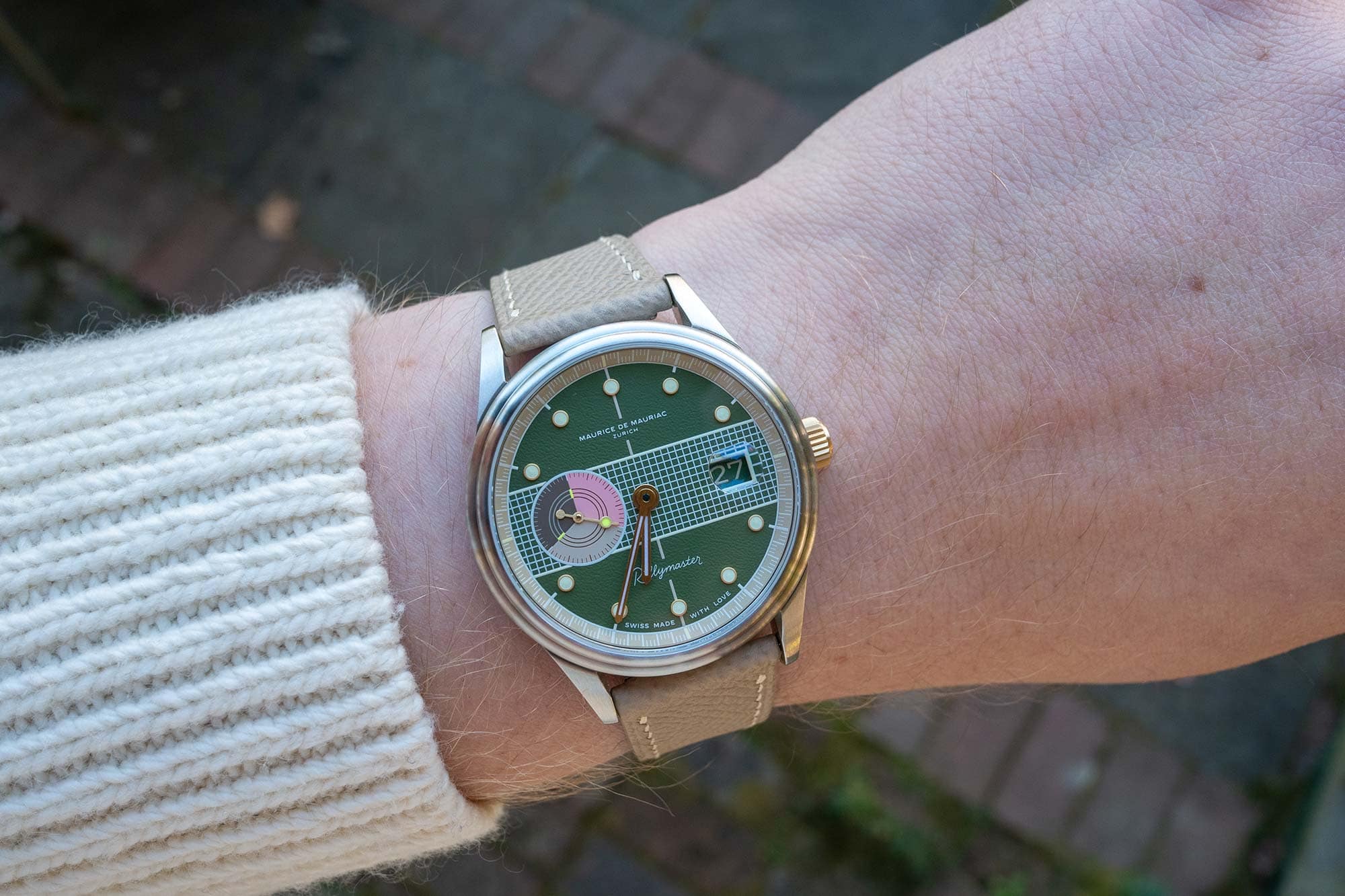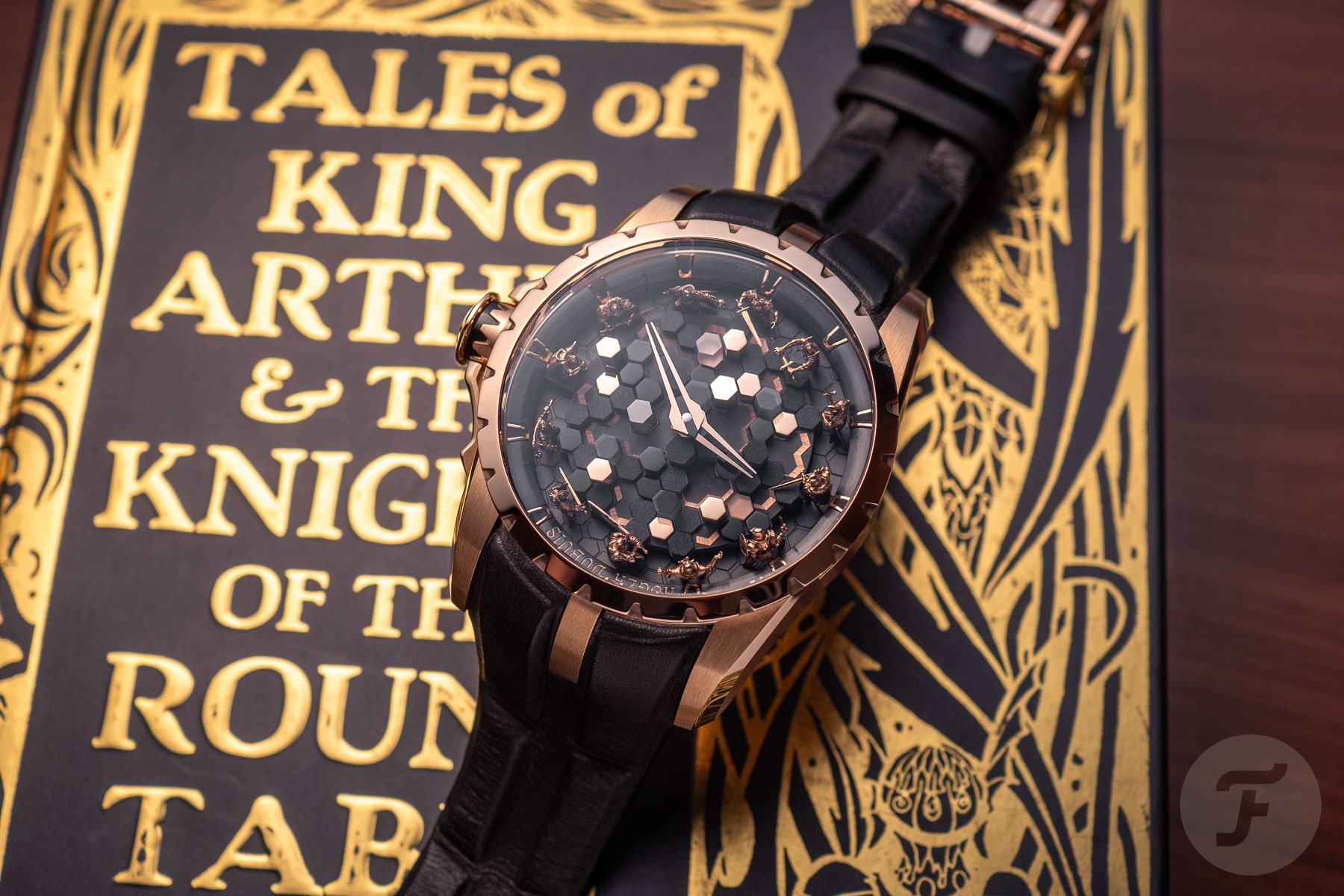Time Through the Ages, Part 3: Clocks, Watches and Emperors – The Growing Global Trade of Watch and Clockmaking

Editor?s Note: Time Through the Ages is a four part series written by Andrew Canter, member of the British Horological Institute, Alliance of British Watch & Clock Makers, and the British Watch & Clock Makers Guild. In this third installment, Andrew focuses the growing influence of China on the west, and the importance of Chinese trade on horology through much of the 18th century. For more from Andrew, check out his work at Mr. WatchMaster.Â
The Chinese term Zimingzhong broadly translates to ?bells that ring themselves? (which came to be known in Britain as ?Sing Songs?) and refers to antique clocks, typically made in England for export to China during the Qing Dynasty, primarily in the 17th and 18th centuries. These clocks were especially made for emperors? Kangxi, Yongzheng and Qianlong and were known for their intricate design and mechanical sophistication. One key aspect of the emperors? fascination with western timepieces was their accuracy. These clocks played a pivotal role in assisting the emperor and his court astronomers in timing celestial events, such as eclipses. The ability to track and predict celestial movements not only showcased the emperors’ mastery of the heavens but also served to validate their divine right to rule.
Qianlong Emperor in Court Dress. © The Palace Museum
Beyond celestial observations, the emperors used these timepieces to manage time within the palace. It is interesting to note that in the 1700s, China and Brita...
| -------------------------------- |
|
|
Introducing – The Bremont Terra Nova 40.5 Date Caramel Limited Edition
31-10-2024 04:00 - (
Luxury Watch )












